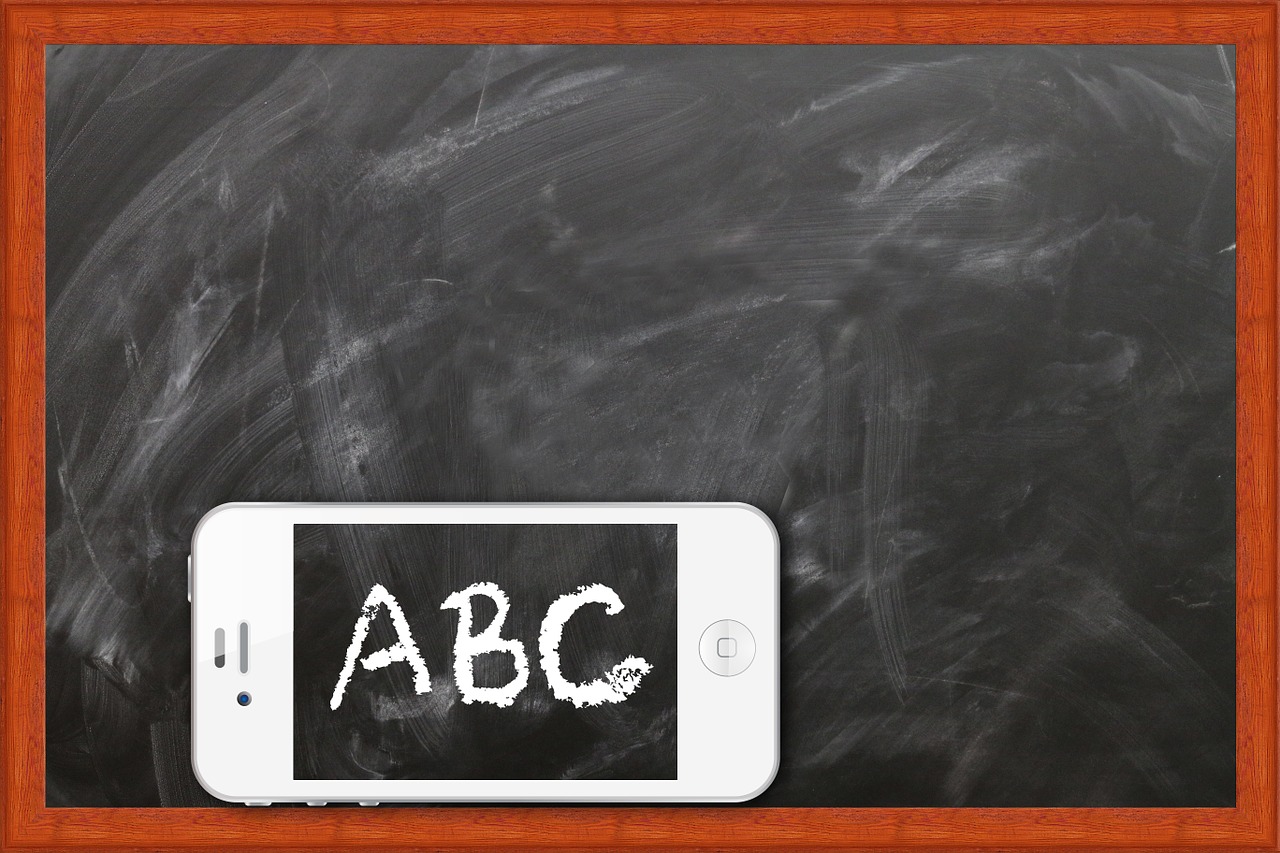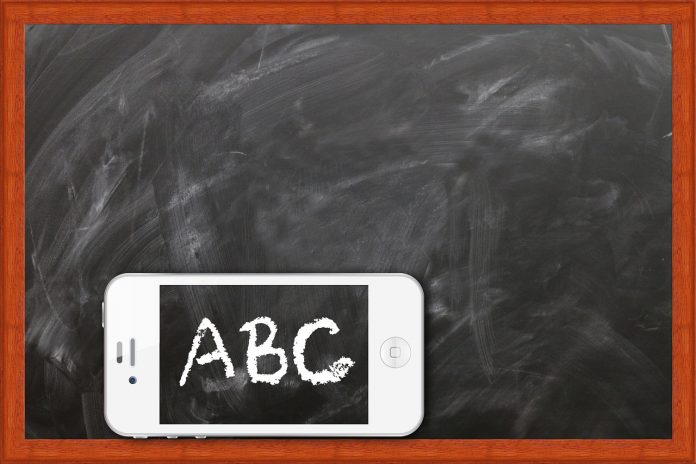The world is increasingly taking up technological advancements. It was inevitable that those in the education sector would do so as well. Now there are so many applications of technology in education. There are teachers using technology to teach students who are halfway across the globe. Some schools are making use of technological advancements like virtual reality to learn and perform experiments. Some schools are even going as far as using Artificial Intelligence to teach students and track their progress.

Many people see technology as a way to make life easier, not only for the students but also for the teachers. So, what are the advantages and disadvantages of digital education?
Pros of Digital Education
- Technology use is inevitable, and teachers who use technology to teach are helping their students adapt to using technological tools. This will prove useful in the future when they are also using the same tools to work and learn.
- Technology helps teachers to reach students from anywhere around the world. Sometimes the thing you want to learn is not being taught where you live, but there are constraints keeping you from moving. Thanks to technology, you can stay where you are and still learn from teachers and institutions miles away from you.
- Technology can help increase student engagement. Some virtual classrooms are not centered on the teacher. The ‘room’ has various screens where students can load information on the topic at hand and learn from. This is moving away from the assumption that the teacher is the ultimate source of knowledge and acknowledging that with the help of the Internet, learning can be a collaborative effort where students share what they have learned and consolidate this information into one body of knowledge.
- Technology helps ‘multiply’ the number of resources. In the past, the number of books in the physical library was limited, so few students could access books and other resources at a time. Now, a virtual book can be shared by all students meaning that research and projects are much easier to do. Using a custom essay writing service, they can also easily complete assignments and submit them on time.
- Technology reduces mundane and repetitive tasks. If there is a general course a teacher has to teach over and over again, they can just record it, and they won’t have to teach it again. The teacher also won’t have to spend hours on end printing assignments and quizzes. The students can access and do them online.
- Technology is great for the environment. Going digital reduces the need to cut down trees for paper, which is great for the environment.
- Easy delivery of educational services. Thanks to technology, students can easily access notes, assignments, and lectures on the Internet. The teacher needs only to record the material and upload it, and the student can access it from anywhere.
Cons of Digital Education
- It is very easy for students to get distracted when using technology. As long as they are on their phones, they have a plethora of activities they could be doing instead of listening to the teacher. For example, they could be playing games, surfing the web, or browsing social media sites.
- Not all teachers and students are tech-savvy. There is a common assumption that children born in these digital times are very well versed in using technological tools. They do have these tools at their disposal, and many do quickly learn how to navigate them. However, not all students pick up the skills as fast as would be expected. Then there is the issue that the teachers who should be facilitating these classes may not be technologically savvy either. The solution here is to have courses where students and teachers can learn how to use these tools effectively.
- Not everyone has access to these technological devices. Students learning using technology need both the tools and the Internet connection. However, what happens when the student’s parents are struggling financially and can’t afford these things?
- These tools can cause damage if misused. There is the issue of blue light from screens disrupting sleep. There is also the fact that not everything on the Internet is good. For example, a student with unfiltered Internet access has as easy access to 18+ content as they do to educational videos. There, however, are easy ways to prevent these things.
- There can be information overload for students. Anyone can publish something on the Internet. Students have to be careful to research the source of the information they are using to filter out outdated information and information from unscrupulous sources.
Technology in education is a double-edged sword. On the one hand, it can and is making teaching and learning infinitely easier. On the other hand, there are so many cons that are associated with technological use. One thing is for sure, using technological tools in the education sector is inevitable. The real task lies in reducing the negative aspects of digitized education so that students are gaining more from it than they are losing.

